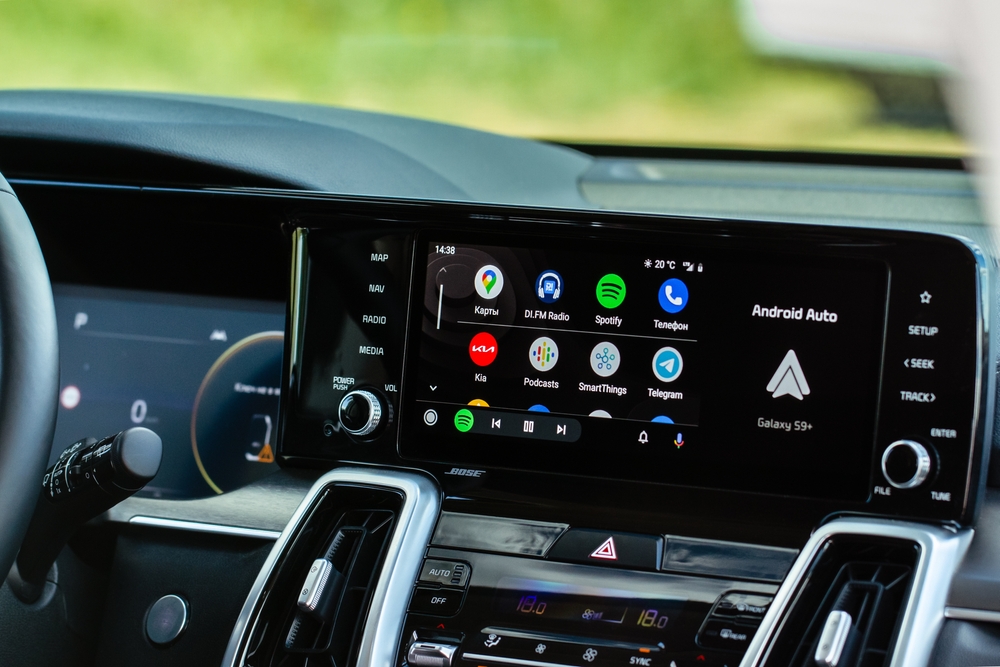Google’s recent announcement at CES 2024 highlighted significant enhancements in the Android Auto software platform, particularly targeting electric vehicles (EVs). Among the key advancements is the incorporation of algorithms that significantly enhance range estimation and navigation, a pivotal aspect for EV users.
Refined Accuracy in Range Estimation
One of the primary concerns for electric car users is the estimation of the remaining range until the next charge. Google’s update focuses on using navigation system data to compute more accurate estimations, a crucial step forward given the limitations of existing software in many EVs.

TechCrunch noted that conventional EV software often fails to effectively link estimated range with navigation data. In contrast, Google relies on its extensively used mapping service, Google Maps, to address this issue. By integrating navigation data into range estimation, the system not only predicts the range upon reaching the destination but also suggests charging stations en route, computing the required time for partial range replenishment.
Expanding Availability and Integration
Initially available for the Ford Mustang Mach-E and F-150 Lightning, the Android Auto update promises wider adoption across various electric vehicle brands in the coming months. Moreover, Google aims to deepen its integration of information services with vehicle systems, collaborating with manufacturers like Volvo, Polestar, Nissan, Ford, Lincoln, and Porsche.
Enhanced Connectivity and Features
Aside from navigation improvements, Google has bolstered connectivity options, notes NIXSOLUTIONS. Car owners can now seamlessly send routes from their smartphones to their vehicle’s navigation system, regardless of using an Apple iPhone or iPad. Additionally, select Polestar and Volvo models received beta access to the Google Chrome browser, with plans to expand this feature to other compatible vehicles. However, the browser function remains accessible only when the vehicle is parked, prioritizing safety.
Moreover, Google’s collaboration extends beyond navigation enhancements, with plans to offer clients access to various children’s content and integration with the Weather Channel meteorological service.
